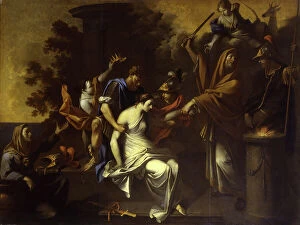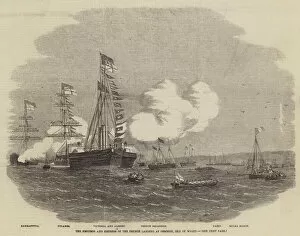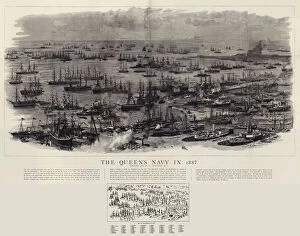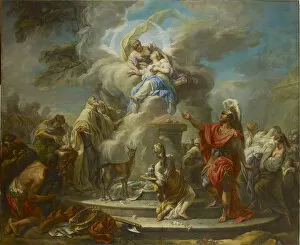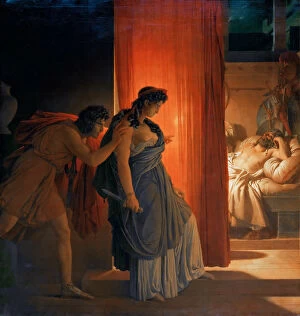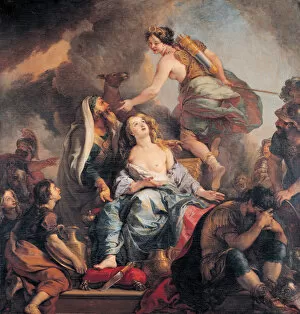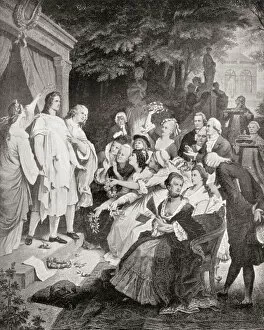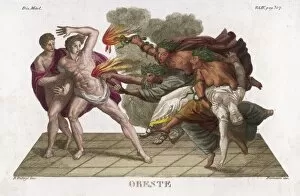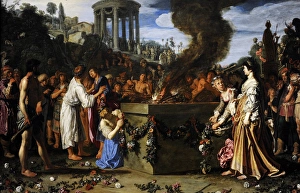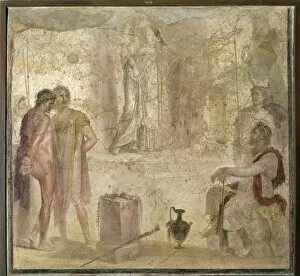Pylades Collection
"Pylades: A Tale of Loyalty, Sacrifice, and Friendship" In the engraving titled "The Emperor and Empress of the French landing at Osborne, Isle of Wight
All Professionally Made to Order for Quick Shipping
"Pylades: A Tale of Loyalty, Sacrifice, and Friendship" In the engraving titled "The Emperor and Empress of the French landing at Osborne, Isle of Wight, " we catch a glimpse of history unfolding as Pylades himself could have witnessed. Just like Orestes stood by his side through thick and thin, Napoleon Bonaparte and Empress Josephine arrive on English shores united in their imperial glory. As we delve into another engraving called "Pylades and Orestes, " we witness the timeless bond between these two legendary figures. Their friendship is etched forever in our hearts, reminding us that true companionship knows no boundaries or obstacles. A captivating sculpture by Mr Adams captures our attention next – "Orestes and Pylades carrying away the Statue of Diana from Taurica Chersonesus. " This masterpiece immortalizes their audacious act, symbolizing their unwavering determination to protect what they hold dear. Moving forward in time to 1887 with "The Queens Navy" engraving, we see a tribute to naval power reminiscent of Pylades' bravery. The seas may change over centuries but valor remains constant; just as he sailed alongside Orestes into uncharted waters, so too does this fleet navigate treacherous waves for queen and country. "The Sacrifice of Iphigenia" series showcases various artists' interpretations throughout history. From Doyen's emotional portrayal in 1749-1750 to Guerin's depiction where Clytemnestra hesitates before committing an unforgivable act – each artist captures the heart-wrenching tale that intertwines with Pylades' destiny. Fontebasso's rendition from the 18th century adds yet another layer to this tragic story while La Fosse's interpretation from 1680 brings forth a sense of grandeur befitting such ancient legends.


